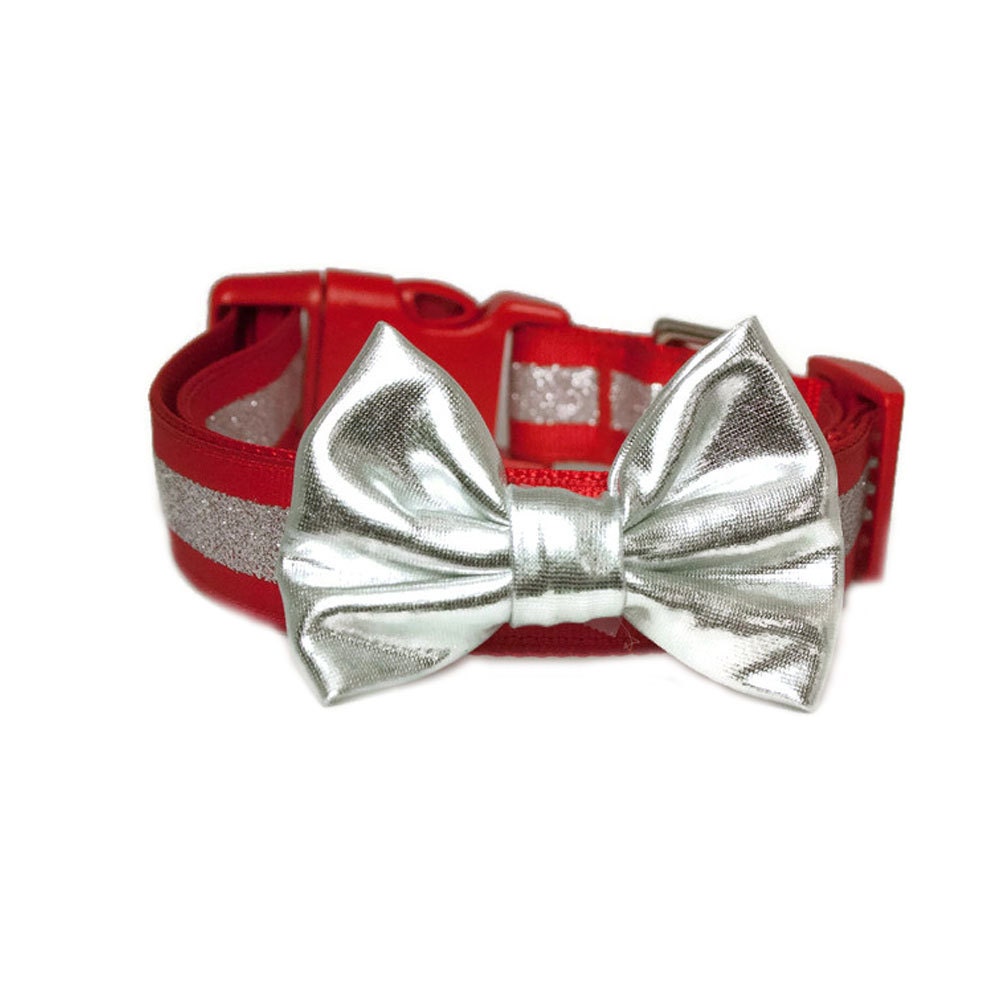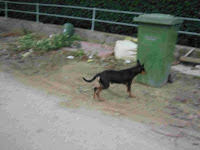

Tome premier, Propriétés générales des corps-Théorie physique de la chaleur (Bachelier) 1818: Examen des différentes méthodes employées pour résoudre les problèmes de géométrie ( Vve Courcier).His name is one of the 72 names inscribed on the Eiffel Tower. In 1854, he was elected a foreign member of the Royal Swedish Academy of Sciences. His most significant contribution to engineering was to accurately define the stresses and capabilities of a press fit joint, such as that seen in a dowel pin in a housing. He used them to transform Laplace's equation into ellipsoidal coordinates and so separate the variables and solve the resulting equation. Another example is his work on the conduction of heat which led him to his theory of curvilinear coordinates.Ĭurvilinear coordinates proved a very powerful tool in Lamé's hands. In fact this was not a passing interest, for Lamé made substantial contributions to this topic. For example, his work on the stability of vaults and on the design of suspension bridges led him to work on elasticity theory. Often problems in the engineering tasks he undertook led him to study mathematical questions. He worked on a wide variety of different topics. The Lamé functions are part of the theory of ellipsoidal harmonics. He actually thought that he found a complete proof for the theorem, but his proof was flawed. He also proved a special case of Fermat's Last Theorem. In 1844, using Fibonacci numbers, he proved that when finding the greatest common divisor of integers a and b, the algorithm runs in no more than 5 k steps, where k is the number of (decimal) digits of b. He is also known for his running time analysis of the Euclidean algorithm, marking the beginning of computational complexity theory. He became well known for his general theory of curvilinear coordinates and his notation and study of classes of ellipse-like curves, now known as Lamé curves or superellipses, and defined by the equation: Lamé was born in Tours, in today's département of Indre-et-Loire. Medical infrared imaging of the paw prints can be utilized to screen for the lame limb in dogs.Gabriel Lamé (22 July 1795 – ) was a French mathematician who contributed to the theory of partial differential equations by the use of curvilinear coordinates, and the mathematical theory of elasticity (for which linear elasticity and finite strain theory elaborate the mathematical abstractions). The results of this study highlight the change in the thermal pattern of the paw print in the lame pelvic limb compared to a non-lame pelvic limb in the lame group and the healthy group. The optimal cutoff point for the peak vertical force to determine lameness was 41.77% (AUC = 0.93) and for MII 0.943% (AUC = 0.72). Asymmetry index analysis revealed 5% in the healthy group and 36.2% in the lame group. The mean of the peak vertical force revealed a 10.0% difference between the left and right pelvic limb in healthy dogs and a 72.4% between the lame and non-lame limb in the lame dog group. Image pattern analysis revealed 88% success in differentiating the lame group, and 100% in identifying the same thermal pattern in the healthy group. The asymmetry index for each stance variable and optimal cutoff point for the peak vertical force and thermal image temperatures were calculated. Analysis was performed in a static position. Average temperatures and thermographic patterns were analyzed.

Thermal images of the paw print were taken after each dog was kept in a static position on a foam mat for 30 seconds. Fourteen client owned dogs with a unilateral pelvic limb lameness and 14 healthy employee dogs were examined and the pelvic limbs radiographed.

A study was conducted to investigate a change in the thermal pattern and temperature of the thermal image of the paw print in a lame pelvic limb compared to a non-lame pelvic limb of dogs confirmed by orthostatic analysis. He has so much money that it would be no effort at all for him to help a lame dog over a stile, but the man is adamant that not a penny of his fortune be used toward charity of any kind. Subtle lameness can be difficult to ascertain which is the affected limb. obsolete To help or assist someone in need in some fundamental or basic way. Medical infrared imaging and orthostatic analysis to determine lameness in the pelvic limb of dogsĮrik Fernanda V Garcia, Catherine A Loughin, Dominic J Marino, Joseph Sackman, Scott E Umbaugh, Jiyuan Fu, Samrut Subedi, Martin L Lesser, Meredith Akerman, Joao Eduardo W Schossler.


 0 kommentar(er)
0 kommentar(er)
